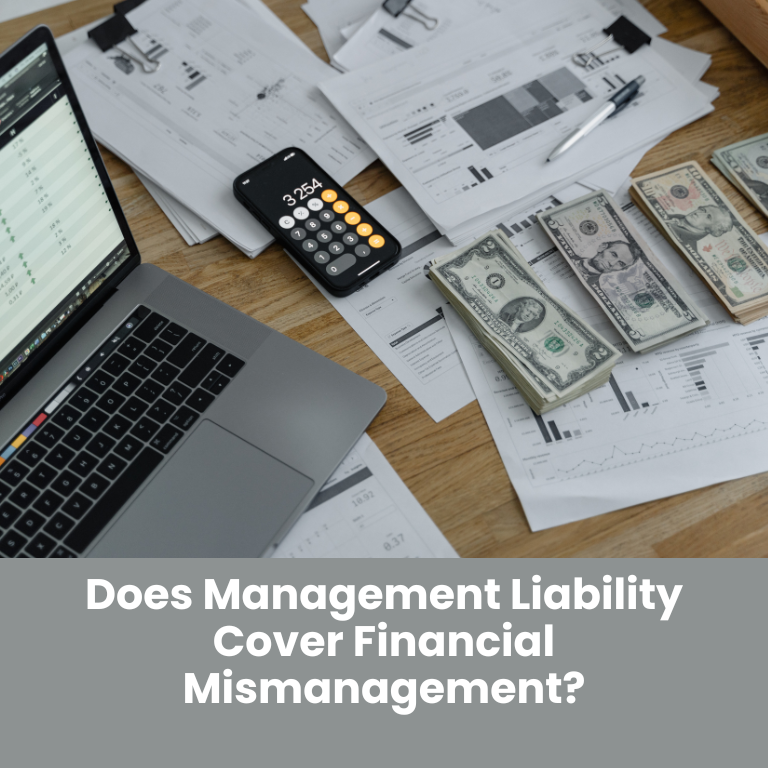Shareholders are a vital part of any corporation, investing capital with the expectation that company executives and directors will manage the business prudently and ethically. However, disagreements or dissatisfaction with management decisions can sometimes lead to legal claims filed by shareholders against company leaders. These claims may allege mismanagement, breaches of fiduciary duty, securities violations, or other wrongful acts.
Given the potential financial and reputational damage these lawsuits can cause, many companies turn to management liability insurance, specifically Directors & Officers (D&O) coverage, as a key risk management tool. But the question remains: Can management liability insurance effectively protect against claims from shareholders? This article explores how shareholder claims arise, what management liability insurance covers, and how this coverage safeguards company leaders and the business.
Understanding Shareholder Claims and Their Common Allegations Against Management
Shareholder claims typically arise when investors believe that the company’s leadership has acted improperly or failed in their duties, causing financial loss or damage to the company’s value. Some of the most frequent allegations include:
- Breach of fiduciary duty: Claims that directors or officers failed to act in the best interest of shareholders by engaging in self-dealing, negligence, or conflicts of interest.
- Mismanagement: Allegations that poor business decisions or failure to oversee company operations resulted in financial harm.
- Securities law violations: Claims related to misleading financial disclosures, insider trading, or violations of federal or state securities laws.
- Shareholder derivative suits: Where shareholders sue on behalf of the company to address alleged wrongdoing by management.
Such claims can be brought by individual shareholders, groups, or institutional investors, and the legal proceedings can become costly, lengthy, and complex.
How Management Liability Insurance Provides a Shield for Executives and Directors Facing Shareholder Claims
At the core of management liability insurance is Directors & Officers (D&O) coverage, which is specifically designed to protect company leaders from personal financial loss resulting from lawsuits alleging wrongful acts in their managerial capacity.
When shareholders file claims against directors or officers, management liability insurance can:
- Cover legal defense costs: Lawsuits can require extensive legal resources, and D&O insurance helps pay for attorneys, expert witnesses, and court fees.
- Pay settlements and judgments: If a case is settled or the court awards damages, insurance helps cover those financial obligations up to the policy limits.
- Protect personal assets: Directors and officers often face the risk of personal liability; insurance safeguards their personal finances from these claims.
- Include entity coverage: Many policies also protect the company itself when it indemnifies its executives, providing a broader layer of financial security.
Without management liability insurance, the personal and corporate financial exposure could be devastating, especially for smaller or mid-sized companies.
Typical Coverage Features of Management Liability Policies Relevant to Shareholder Claims
Management liability insurance policies may vary but generally include several key features tailored to shareholder claim risks:
- Claims-made coverage: Policies cover claims made during the policy period, including those related to past actions.
- Side A, B, and C coverage:
- Side A protects individual directors and officers when the company cannot indemnify them.
- Side B reimburses the company for indemnification expenses.
- Side C covers the company directly for securities claims against it.
- Retentions and limits: Policies specify how much the insured pays out-of-pocket before insurance coverage applies, as well as maximum payout limits.
- Exclusions: Policies often exclude fraud, criminal acts, or intentional misconduct. It’s crucial to understand these to avoid surprises during a claim.
Understanding these features helps companies select the right policy to address their shareholder litigation risk.
Real World Scenarios Where Management Liability Insurance Protected Against Shareholder Claims
Examples abound where management liability insurance saved executives and companies from severe financial consequences:
- A shareholder class action alleging misleading earnings statements: The company’s D&O policy covered the multimillion-dollar legal defense costs and settlement.
- Derivative suit accusing board members of failing to prevent fraud: The policy paid for defense costs and protected directors’ personal assets.
- Claims of breach of fiduciary duty during a merger transaction: Management liability insurance funded legal fees and helped negotiate settlements.
These cases demonstrate how insurance coverage not only preserves financial stability but also allows management to focus on business operations rather than legal battles.
What Management Liability Insurance Typically Does Not Cover in Shareholder Claims
While management liability insurance is comprehensive, it has limitations:
- Intentional criminal acts or fraud: If fraud or criminal behavior is proven beyond reasonable doubt, coverage is usually denied.
- Prior knowledge exclusions: Claims related to known issues before the policy period may be excluded.
- Contractual disputes: Pure breach of contract claims unrelated to wrongful acts often fall outside the policy.
- Pollution and bodily injury: Claims related to environmental damage or personal injury are generally covered under separate policies.
Knowing these boundaries helps companies manage expectations and implement other risk mitigation strategies.
How Companies Can Maximize the Protection of Management Liability Insurance Against Shareholder Claims
To ensure robust protection from shareholder claims, companies should:
- Regularly review and update policies: As company size and risk evolve, insurance coverage must keep pace.
- Train executives and boards on governance: Reducing risk starts with informed leadership and strong internal controls.
- Disclose risks transparently: Honest and accurate communication with shareholders can reduce the likelihood of litigation.
- Conduct periodic legal and financial audits: Early detection of potential issues helps prevent claims.
- Engage knowledgeable insurance brokers: Selecting policies tailored to specific shareholder risks maximizes coverage.
These proactive measures enhance the effectiveness of management liability insurance.
Management Liability Insurance Is a Critical Tool for Mitigating Risks From Shareholder Claims
Shareholder claims present a significant exposure for company directors, officers, and the corporation itself. Management liability insurance, particularly D&O coverage, offers vital protection against the financial fallout of such claims. It provides peace of mind, ensuring that legal defense costs, settlements, and judgments do not cripple the business or its leadership.
By understanding the scope, limitations, and best practices related to management liability insurance, companies can safeguard their executives and maintain investor confidence, which is essential for long-term success and stability.












